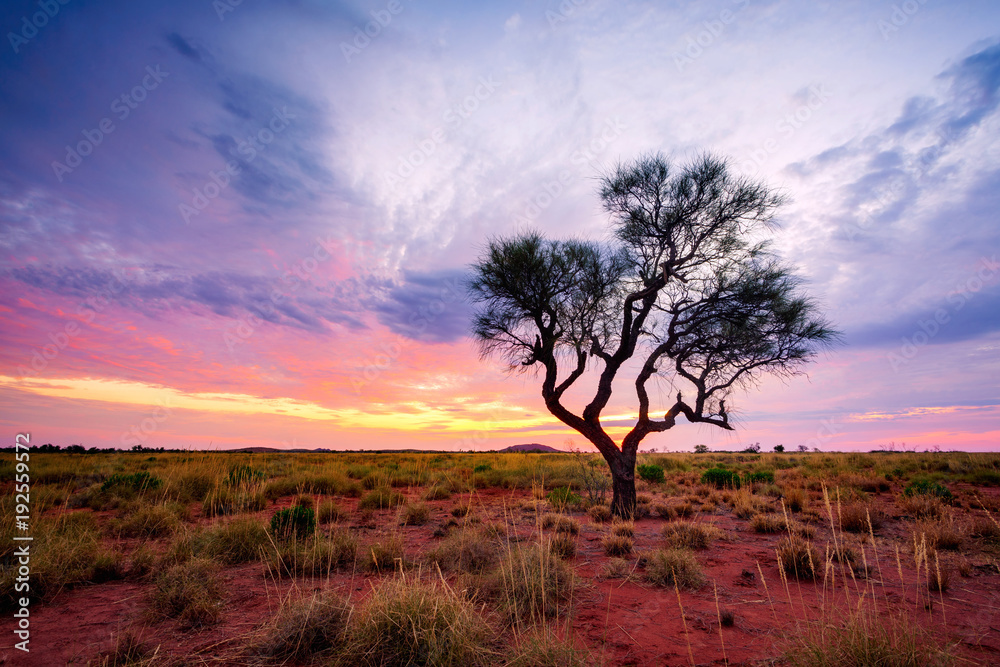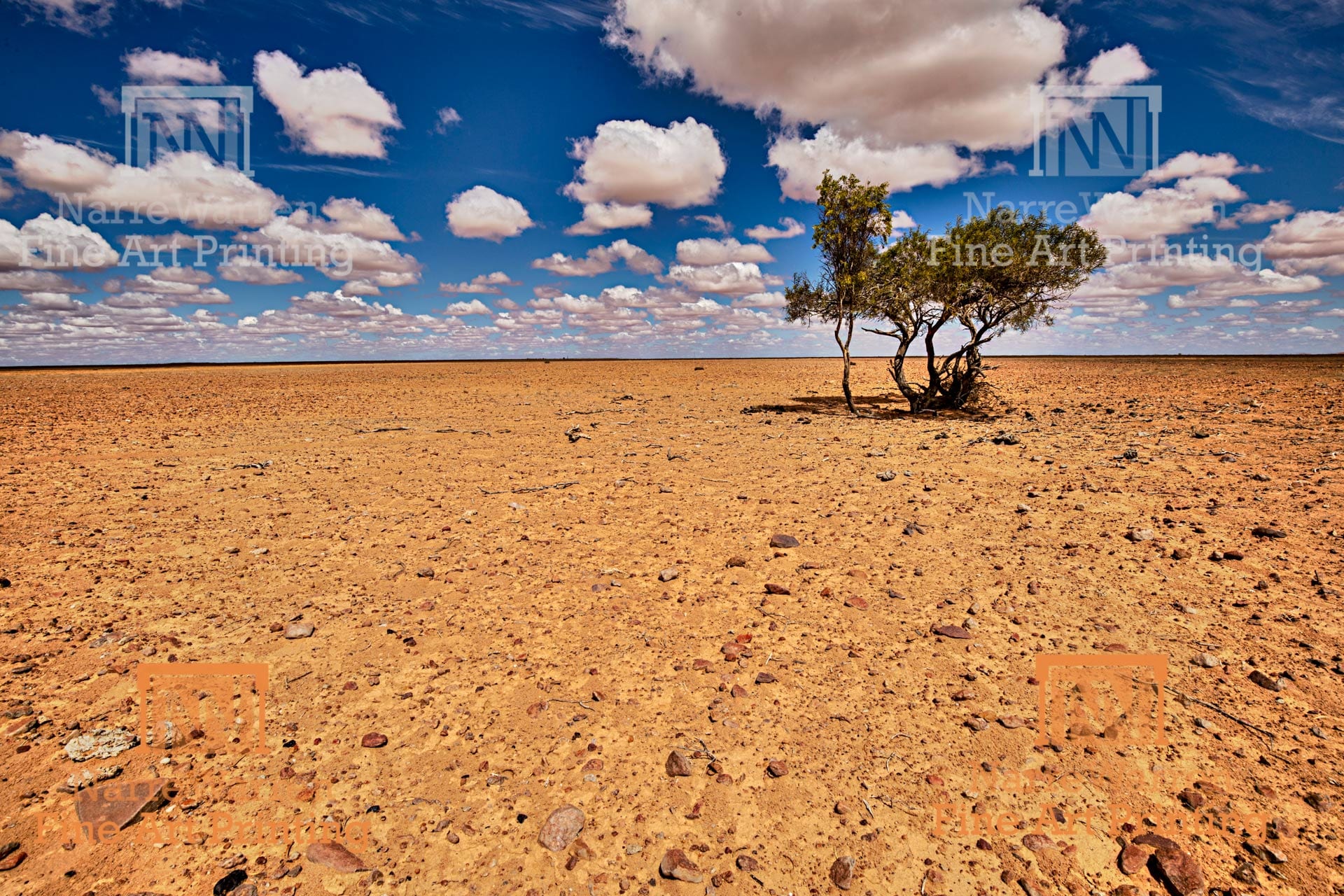Does the Outback Have Trees? Unveiling the Secrets of Australia’s Iconic Landscape
Does the Outback Have Trees? Unveiling the Secrets of Australia’s Iconic Landscape

The Outback, a vast and awe-inspiring expanse of land in Australia, is often portrayed as a barren, treeless desert. While this image holds some truth, it’s a simplification that fails to capture the nuanced beauty and ecological diversity of this unique landscape. The question of whether the Outback has trees is a complex one, requiring a deeper understanding of its diverse ecosystems and the factors that shape its vegetation.
The Outback: A Landscape of Contrasts
Related Articles: Does the Outback Have Trees? Unveiling the Secrets of Australia’s Iconic Landscape
- Unlocking The Meaning And Significance Of Indigenous Australian Male Names
- Unfurling The Meaning: A Deep Dive Into The Symbolism Of The Aboriginal Flag
- AmanguTitle
- Unveiling The Rich Tapestry: A Journey Through The Diverse World Of Aboriginal Symbols
- The Timeless Legacy: Understanding Aboriginal Australians
The Outback is not a monolithic entity. It encompasses a vast area covering over 70% of Australia, stretching from the eastern highlands to the western deserts. This vastness translates into a wide range of landscapes, each with its own distinct characteristics and vegetation.
From Spinifex to Eucalyptus: The Outback’s Diverse Vegetation
Contrary to popular belief, the Outback is not devoid of trees. While the iconic image of the red, dusty plains might be dominated by spinifex grass and saltbush, various tree species thrive in different regions.
1. Eucalyptus Dominance:
Eucalyptus trees, commonly known as gum trees, are a defining feature of many Outback landscapes. These hardy trees have adapted to the harsh conditions, with deep root systems that tap into underground water sources and thick bark that protects them from fire. They are found in pockets across the Outback, often forming woodlands and forests.
2. Acacias: The Resilient Survivors:
Acacias, or wattle trees, are another prominent tree species in the Outback. They are known for their resilience, thriving in a wide range of conditions, from arid deserts to more humid regions. Their distinctive yellow flowers are a vibrant splash of color against the red earth.
3. River Red Gums: Guardians of the Watercourses:

River red gums, also known as red river gums, are found along watercourses, providing a vital source of shade and habitat for wildlife. These majestic trees can reach towering heights, their roots anchoring them firmly to the banks of rivers and creeks.
4. Spinifex: The Dominant Grassland:
Spinifex, a hardy grass with sharp, spiky leaves, is the dominant vegetation in many Outback regions. While not a tree, it plays a crucial role in stabilizing the soil and providing food and shelter for various animals.
5. Mallee: The Adaptable Shrubland:
Mallee is a type of eucalyptus that grows as a low-lying shrub, forming dense thickets across the Outback. They are highly adapted to arid conditions, with their roots spreading out to gather moisture from the surface.

Factors Shaping the Outback’s Vegetation:
The distribution and types of trees in the Outback are influenced by a combination of factors:
1. Rainfall:
Rainfall is a crucial factor in determining vegetation patterns. Areas with higher rainfall support a greater diversity of trees, while drier regions are dominated by drought-resistant species.
2. Soil Type:
:max_bytes(150000):strip_icc()/JohnWhite-56e3158e3df78c5ba056d863.jpg)
Soil type plays a significant role in plant growth. The Outback encompasses a range of soils, from sandy and gravelly to clay and loam. Each soil type supports specific plant communities, including different tree species.
3. Fire:
Fire is a natural part of the Outback ecosystem. Regular bushfires can clear out undergrowth and create space for new seedlings to emerge. Some tree species are adapted to survive and even benefit from fire, while others are more vulnerable.
4. Human Impact:
Human activities, such as land clearing, grazing, and mining, have had a significant impact on the Outback’s vegetation. These activities can lead to deforestation, soil degradation, and the loss of biodiversity.
The Importance of Trees in the Outback:
Trees play a vital role in the Outback’s ecosystem, providing a range of benefits:
1. Habitat for Wildlife:
Trees provide shelter, food, and nesting sites for a wide variety of animals, including birds, reptiles, mammals, and insects.
2. Soil Stabilization:
Tree roots help to bind the soil, preventing erosion and promoting water infiltration.
3. Carbon Sequestration:
Trees absorb carbon dioxide from the atmosphere, helping to mitigate climate change.
4. Cultural Significance:
Trees hold cultural significance for Indigenous Australians, providing food, medicine, and materials for tools and shelter.
The Outback: A Landscape of Resilience and Adaptation
The Outback is a testament to the resilience and adaptability of life in extreme environments. While the iconic image of a treeless desert might be prevalent, the reality is far more complex and diverse. The Outback boasts a range of trees, each playing a crucial role in shaping its unique ecosystem. Understanding the factors that influence tree distribution and appreciating their importance is essential for preserving the beauty and biodiversity of this iconic landscape.
FAQ: Does the Outback Have Trees?
Q: Are there trees in the Outback?
A: Yes, the Outback has trees, but their distribution and species vary depending on the region and environmental factors.
Q: What types of trees are found in the Outback?
A: Common Outback trees include eucalyptus, acacias, river red gums, and mallee.
Q: Why are there not more trees in the Outback?
A: The Outback’s arid climate, limited rainfall, and harsh conditions limit tree growth in many areas.
Q: What role do trees play in the Outback ecosystem?
A: Trees provide habitat, stabilize soil, sequester carbon, and hold cultural significance for Indigenous Australians.
Q: How are trees affected by human activities in the Outback?
A: Land clearing, grazing, and mining can negatively impact tree populations and the Outback’s ecosystem.
Q: What can be done to protect trees in the Outback?
A: Sustainable land management practices, conservation efforts, and promoting awareness of the importance of trees are crucial for protecting the Outback’s unique ecosystem.
![]()
Closure
Thus, we hope this article has provided valuable insights into Does the Outback Have Trees? Unveiling the Secrets of Australia’s Iconic Landscape. We thank you for taking the time to read this article. See you in our next article!


